
Are you ready for color?!?
I've been saving avocado pits in the freezer for probably about three years now. So I have a healthy stash. It finally got warm enough for me to leave dye jars outside overnight, so I pulled out the blender, crushed up my pits...
And it snowed in the mountains that night!!!
Thankfully, it didn't get that cold where I live, but we did find quite a few baby praying mantises seemingly frozen in time. 38 degrees may have been just a tad too cool for the youngsters.
Nevertheless, it's time to start cooking my avocado dye jars.

Some people do avocados the fast and easy way, and then they are very disappointed with the pastel shades.
If you don't want a summer-long (or longer) project, it is entirely okay to put your CLEAN pits, whole, in a dye-only stainless steel pot, cover the pits with tap water, and simmer (NOT BOIL!!!) for a couple of hours, then let the dye cool and ferment overnight. Then you can strain your dye, compost (or trash) the pits, and soak your T-shirt, fabric, yarn or whatever you plan to dye overnight or two. This process will result in a pastel shade. You will not get intense color using this process, but it does work, and it is much faster than what I'll be doing all summer long.
Please note: Boiling any natural dye (except lichen) will cause the dye to turn brown or even colorless. Your dye pot/jar should not go above about 80-90 degrees. If we have a long run of 100 degrees (F) or higher days this summer, my dye jars will go in the shade or possibly even into the garage for that period.
The nice thing about the slow solar process is you can do other things while your dye is cooking. You don't have to stand over the pot, and you can even go on vacation (provided you have a good house-sitter to gently turn you jars every day or two). (Mold will make your dye turn brown.)
The longer you let your avocado pits and/or skins soak, the stronger your dye will be. The longer you dye your cotton, the deeper the color will be.
Let's get started with this summer's project!

Please read through all my instructions below before starting to make sure you are familiar with the process.
Choose a place to prepare your dye jar that you don't mind spills that might not fade for a while. I prepare my dye jars on my front porch because there is an electrical outlet there, and Lizard doesn't throw a fit if the concrete is stained for a while. The sun usually bleaches it out if it doesn't wash clean on the first day.

You also should wear clothing that won't be offended by an extra drop or two of color. Gloves also are recommended.
For my dye jars, I have six sandwich bags of frozen avocado pits, which should be enough to dye six to twelve shirts, depending upon how deep of color I want. The bags may be reused, but I will use them to collect more avocados. I won't use them in lunches, just because it's easier to keep everything separate than to worry what's okay to be around food and what isn't.
This process is going to take at least three months, so I don't have to worry about which cotton I will be dyeing yet. I can wait for a T-shirt sale. I will have all summer to hank some yarn. As we get closer to actual dyeing, I will show how the cotton needs to be prepared for dyeing. Cotton preparation is fast and easy when using avocado pits and/or skins for dye.
Clean avocado skins may be used also. They are saved, prepared and used the same way as avocado pits. They may be easily torn instead of chopped or cut in the steps below. I haven't saved any skins due to space constraints, but skins are every bit as good for dye as the pits. Some people obtain more pinkish shades from pits, and some obtain more pink from skins. Soil in which the avocado grew, water used during the growing season, type of avocado and age of avocado all will affect color, but these are not factors over which the dyer has control.

I have four canning jars with lids, and one of the lids is a bit rusty. The rust is going to "sadden" the final dye color. That jar will be just a bit darker and muted than the others. None of these jars or lids will ever be used for food.
I have a cheap blender that is used only for dyeing. I have a plastic knife for scraping crushed avocado pits out of the blender. I've been using both for several years; I just clean them off with the garden hose after each use.
I have an old towel with stains from past dyeing sessions. I wash it after each session, but I use it just for dyeing because it's collecting quite a few hues, and I think it will have awesome visual stories to tell when I'm completely done with it.
I have two big jars of rainwater I collected from our last storm. Tap water and/or distilled water both may be used, but I'm using the rainwater because I have it. The water's pH will affect the color; adding lemon juice, vinegar or baking soda will alter the pH level.
I have a small bottle of ammonia, which is not required, but it raises the pH of the water and extracts more color than just plain water.

Put 10-12 clean avocado pits into the blender. You also may cut them with a knife if desired, but I'm not someone who should be trusted with knives. Chopping or cutting the pits provides more surface from which dye may be extracted. Oh, and if you have any avocado left on your pits or skins, that will result in a browner dye, less red and orange.
Cover the pits with water, and add about a tablespoon of ammonia, if desired.

Pulse blend until the biggest avocado pieces are the size of nut pieces.

This is what your dye will look like for a while if you don't add ammonia.
It will turn with time; just be patient.

This is what your dye will look like with ammonia.
It will darken faster.
Pour the crushed avocado and fluid into a jar. Add water to fill jar. Cap tightly. Set jar in a safe place where the sun will hit it several hours each day.
Turn the jar gently every couple of days or so to prevent mold from forming. Just gently agitate. You don't have to shake it vigorously. If you do see mold, just spoon it out (into the compost, garbage or flower garden, not into the vegetable garden) and re-close the jar.
The first time I solar-dyed, I put the jars on our white porch railing. As the sun heated up the jars each day, condensation built up and often leaked out, especially when I turned the jars, and our railing was stained. Lizard was not very happy with me. Fortunately, the stains faded in the sunlight and snow of the following winter. I always use an old towel beneath my jars now.

As I was preparing this year's dye jars, I placed them on the railing again, and within minutes, the wind let me know that was not such a wise idea. I'm not sure how I ever made it through previous summers without breaking a jar or two! Another factor to consider is neighborhood cats, dogs, rabbits or other visitors who might be curious or just plain careless as they investigate and/or chase. We've had deer, raccoons and bears in our yard more than a few times. One year, a bear devoured all the dye and plants (with vinegar) in an autumn dye pot. And then came the compost pile...

This may not be the safest spot for my solar dyeing, but it will do for now. I may move the jars to the backyard if my wild visitors quit camping there.
These jars are going to solar cook for the next three months now. The dye will continue to get darker as the summer passes. It will get only better!
See you again in a couple of weeks, when we will start the purple onion skin dye jar. Save and dry your skins!

Linking up with Busy Hands Quilts and Confessions of a Fabric Addict.


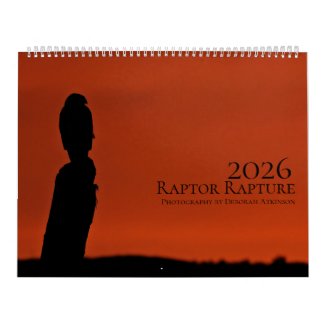






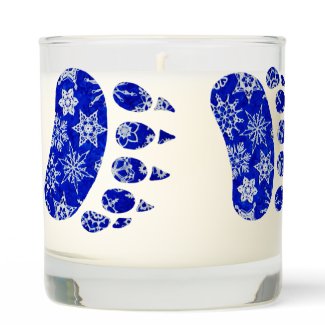




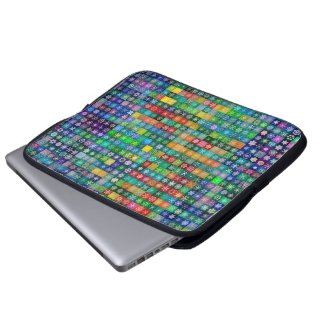
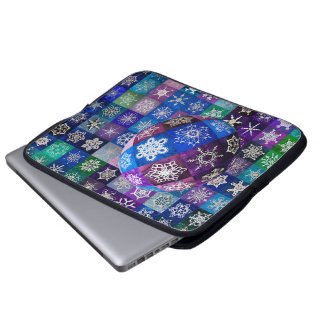














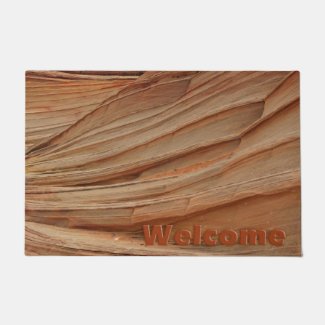
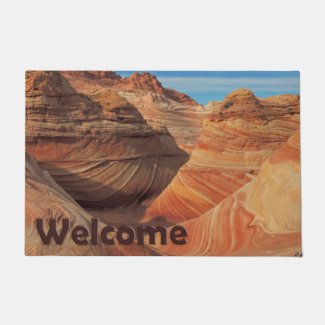
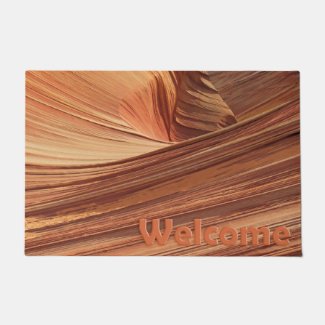
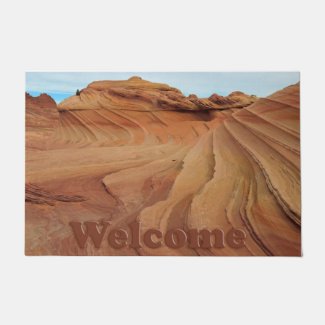
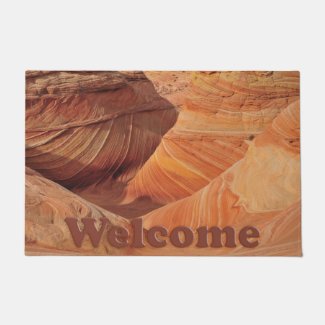

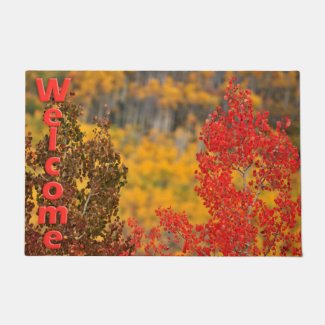
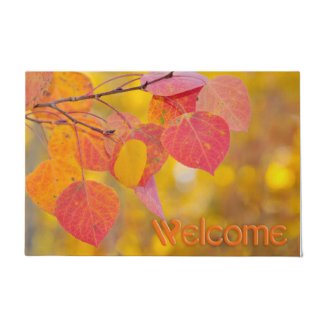
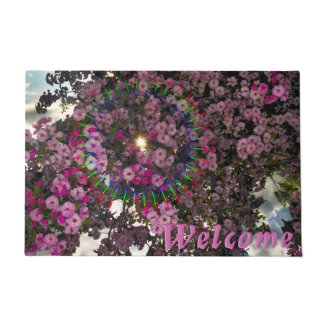
Sure a process that leaves one with only hurry up and wait.
ReplyDelete